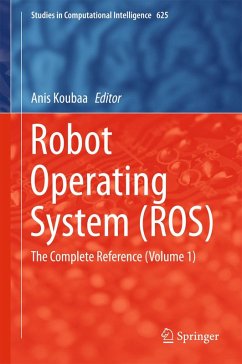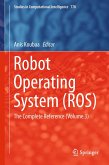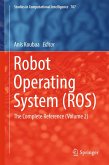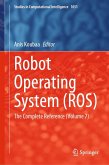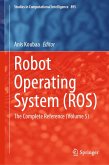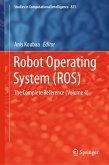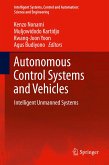The book includes twenty-seven chapters organized into eight parts. Part 1 presents the basics and foundations of ROS. In Part 2, four chapters deal with navigation, motion and planning. Part 3 provides four examples of service and experimental robots. Part 4 deals with real-world deployment of applications. Part 5 presents signal-processing tools for perception and sensing. Part 6 provides software engineering methodologies to design complex software with ROS. Simulations frameworks are presented in Part 7. Finally, Part 8 presents advanced tools and frameworks for ROS including multi-master extension, network introspection, controllers and cognitive systems.
This book will be a valuable companion for ROS users and developers to learn more ROS capabilities and features.
Dieser Download kann aus rechtlichen Gründen nur mit Rechnungsadresse in A, B, BG, CY, CZ, D, DK, EW, E, FIN, F, GR, HR, H, IRL, I, LT, L, LR, M, NL, PL, P, R, S, SLO, SK ausgeliefert werden.

